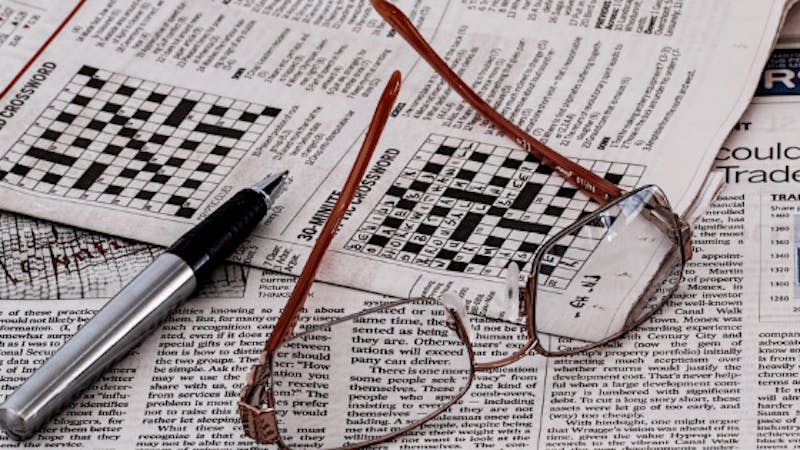
It doesn’t happen overnight, but it might seem like it. One day you are out to dinner with your family, the waiter hands you the menu in the dimly lit room, and you can’t read a word! Does that say salsa or salad? No need to be alarmed by this shift. Between the ages of 40 and 65 your reading vision worsens. This happens because, as you get older, the lens inside of your eye stiffens and loses its ability to focus, especially up close. But don’t worry, we have options to get you back reading the menu like you always have.
1. Reading Glasses: When your reading vision begins to decline, you might find yourself reaching for readers, or having to add bifocals to your glasses in order to see small print. Traditionally, glasses were the only option available to improve your reading vision.
The biggest issues with reading glasses are convenience and cost. If you already wear glasses, bifocals can be difficult to adjust to, and they increase the cost of your glasses. If you are lucky enough to have clear distance vision, reading glasses can be a huge adjustment as you have never had to wear vision correction before. While irritating, reading glasses and bifocals will help you be able to read the menu again, and can prevent you from ordering salsa by mistake!
2. Refractive Lens Exchange: The refractive lens exchange procedure is an exciting advancement in vision correction because a range of vision problems can be corrected during one procedure. During a refractive lens exchange the natural lens inside of your eye is removed and an artificial lens is inserted in its place.
There are two huge benefits to a refractive lens exchange. The first being that the artificial lens can allow for a range of vision correction (distance and near) and astigmatism can even be treated during this procedure. This is a great option if you were once considering LASIK but would also like to improve your reading vision.
Another benefit of the refractive lens exchange is that the artificial lens placed in your eye during the procedure will last a lifetime. This procedure will not need to be repeated, and you will never need cataract surgery down the road.
3. Corneal Inlays: Another option for reading vision correction that can keep you out of reading glasses is the KAMRA corneal inlay. This small, round device sits in the first few layers of the cornea. The KAMRA is a mini ring with an opening, or pinhole, in the center which focuses light before it enters your eye, making reading vision easier.
The KAMRA corneal inlay is best for people who already have good distance vision, but do not want to be bothered by reading glasses. The KAMRA inlay is only put into one eye so distance vision is not compromised.
The next time you find yourself squinting at a menu, reaching for your readers or adjusting your bifocals, think about having a reading vision correction procedure. Book your reading vision correction screening to see what option is best for you
